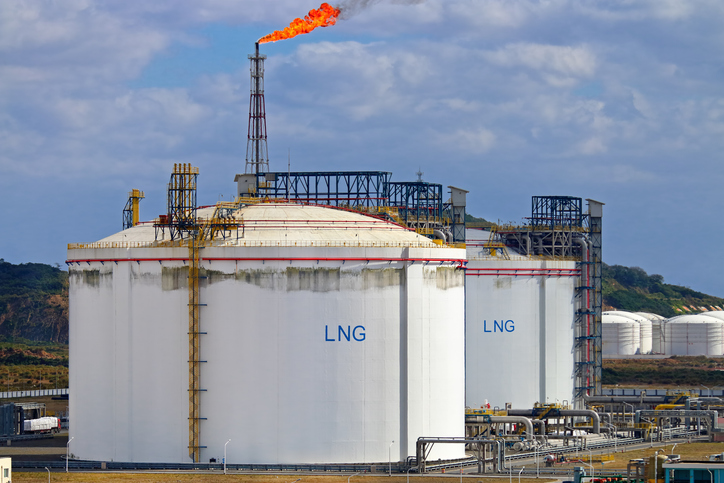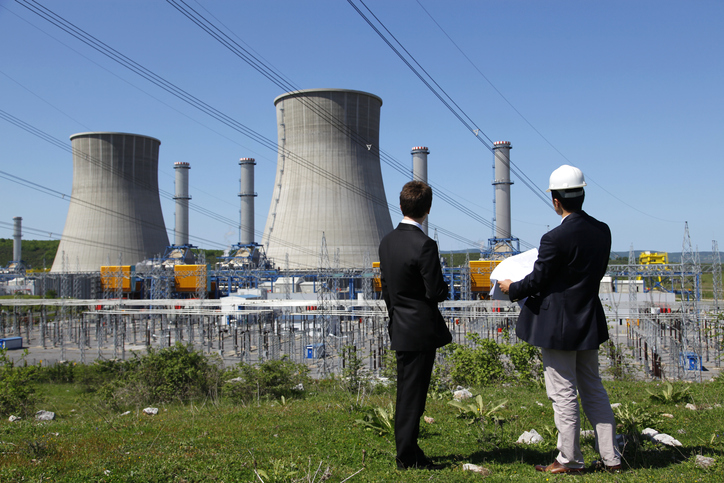The New Jersey Court of Appeals provided greater flexibility to the state’s Department of Environmental Protection (DEP) in enforcing the New Jersey Spill Act. A DEP employee filed a complaint against Alsol Corporation in municipal court in Milltown, New Jersey. In the complaint, the DEP made bare allegations that Alsol failed to remediate certain property in violation of the New Jersey Spill Act (N.J.A.C. 7:26C-2.3(a)). Although the regulation is detailed and complex, DEP’s complaint merely alleged the date of Alsol’s alleged violation.
Alsol responded by moving to …
Continue Reading









